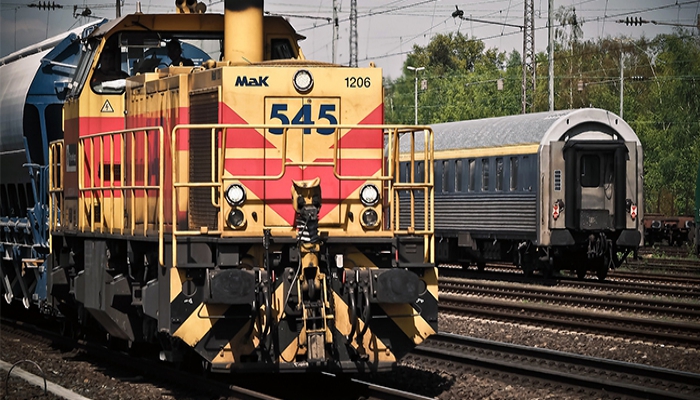Rail transport services have demonstrated excellence in meeting the demands of modern products, especially as the range of services includes diverse options such as shuttle trains across the Belt and Road, customized shuttle trains, rail consolidation and sea-rail intermodal transport.
The primary advantages are reliability and flexibility. Rail transportation is known for its fixed routes and reliable operating schedules, providing customers with reliable transportation services. At the same time, the flexible structure of the transport organization allows railroads to adapt to individual needs and thus better serve different customers.
The best timeliness is also one of the significant advantages of railroad transportation. Compared with other modes of transportation, railroad transportation is usually able to provide shorter transportation time. Especially within the scope of the Belt and Road, through liner and sea-rail transportation, goods can cross national borders quickly and efficiently, enabling swift product access.
Centralized transportation and low comprehensive cost are the economic advantages of railroad transportation. Railroad transportation can be concentrated in bulk, reducing the number of transshipments in the logistics chain, thus improving the transportation efficiency. At the same time, compared with air and sea transportation, the comprehensive cost of railroad transportation is relatively low, which helps customers to control the cost under the premise of ensuring service quality.
Wide coverage is a strategic advantage of railroad transportation. The promotion of the "Belt and Road" initiative has led to the gradual expansion of the coverage of the railroad network and the formation of a huge and dense international logistics corridor. This not only provides more choices, but also promotes trade exchanges between different countries and regions, contributing to the construction of a global logistics system.
Overall, railroad transportation services have contributed positively to the development of the Belt and Road and the global logistics network with its advantages of reliability, flexibility, efficiency, economy and wide coverage. In the future, with the continuous development of technology and network, railroad transportation is expected to further enhance its service level and inject more vitality into the global trade and logistics system.


